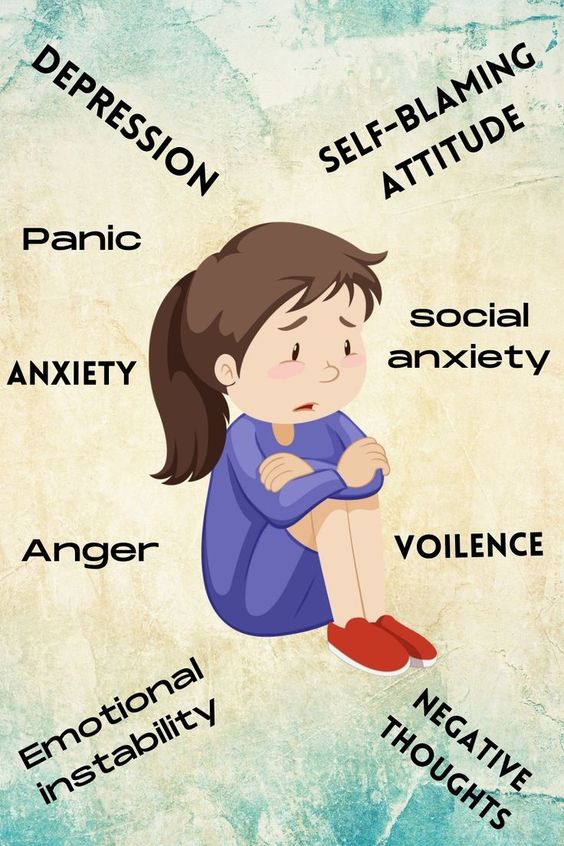Introduction:
Child protection issues can be a complex and emotionally draining experience for all parties involved. Ensuring the safety and well-being of a child is the ultimate goal, but the process can be difficult to navigate when emotions are running high, trust is fragile, and uncertainty looms. In this article, we will cover effective strategies for coping with involvement in child protection issues and offer support and guidance to help families and professionals navigate this challenging terrain.
1. Understand your role:
Whether you are a parent, family member, teacher, or child welfare professional, it is essential to understand your role in the process of addressing child protection issues. Each party plays a critical part in ensuring that the child’s best interests are met throughout the process. Stay informed about your responsibilities and rights while also supporting other parties involved in the process.
2. Stay calm and composed:
Involvement in a child protection case can evoke strong emotions like anger, fear, or sadness. However, it is vital to remain calm and level-headed during discussions with other parties or when making decisions related to the case. If you find yourself becoming emotional or stressed, take time to practice self-care and seek support from friends or professionals.
3. Open communication:
Establishing trust and maintaining open lines of communication with all parties involved can create a more collaborative approach to resolving child protection issues. Share your concerns openly and honestly while also actively listening to other perspectives.
4. Seek professional help:
If needed, consider engaging qualified professionals such as therapists, legal counselors, or advocacy groups who are experienced in dealing with child protection cases. They can provide valuable insight, advice, and support throughout the process.
5. Prioritize self-care:
While it’s essential to focus on safeguarding the child’s well-being during this time, it’s equally important to take care of yourself. Ensure you maintain a balanced diet, regular exercise, and get enough rest to help manage stress more effectively.
6. Participate in positive activities:
Engaging in positive activities can help reduce stress and provide a distraction from the challenges associated with child protection issues. Consider joining support groups, participating in hobbies, or connecting with friends and family.
7. Maintain confidentiality:
To respect the privacy of all parties involved, ensure you maintain confidentiality when discussing the case. Sharing sensitive information might impact the relationships between parties and potentially harm the child’s well-being.
8. Keep records:
Maintain records of all interactions, documents, and correspondences related to the child protection case. These records might be needed for reference or as evidence should legal matters arise.
Conclusion:
Dealing with child protection issues can be extremely challenging for everyone involved. However, by understanding your role and responsibilities, staying calm and composed, prioritizing open communication, seeking professional help when needed, practicing self-care, participating in positive activities, maintaining confidentiality, and keeping records; the experience can become more manageable.
Remember that everyone involved has the same goal – ensuring the safety and well-being of the child at the center of the case. By working collaboratively and constructively, families and professionals can make better-informed decisions that ultimately serve to protect the child’s best interests.





